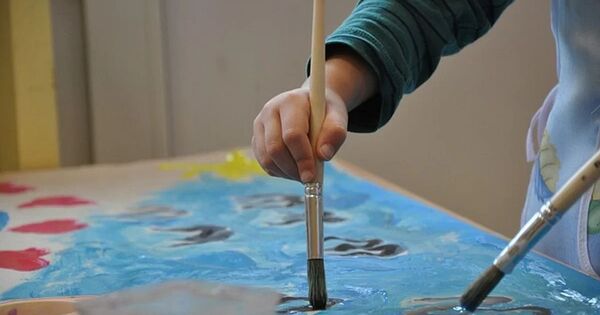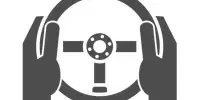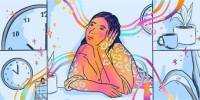According to a new study by University of Arizona researchers, creative people are more prone to spend their downtime during the day exploring their minds.
The study, which was published in the Creativity Research Journal, discovered that creative people are more likely to make good use of idle time by allowing one idea to lead to another. Researchers discovered that study participants who were more creative felt less bored while sitting alone in a room. And during the COVID-19 epidemic, when the world experienced unusually long periods of unstructured time, creative people became less bored and more involved with their thoughts.
“I am particularly interested in creativity because we wanted to know what’s going on in the mind of creative individuals, especially in situations where nothing constrains their thoughts,” said lead study author Quentin Raffaeli, a graduate student in the UArizona Department of Psychology.
I am particularly interested in creativity because we wanted to know what’s going on in the mind of creative individuals, especially in situations where nothing constrains their thoughts.
Quentin Raffaeli
Most studies on human thoughts in psychology and neuroscience either prompt participants to think in a specific way or ask them to report on thoughts they experienced, but little is known about how thoughts naturally arise and unfold over time in unprompted contexts, according to Jessica Andrews-Hanna, an associate professor in the Department of Psychology and senior author of the paper.
“This is where our study comes in,” Andrews-Hanna explained. According to Andrews-Hanna, history is full of anecdotes about brilliant scientists, artists, and philosophers who valued being alone with their thoughts, and these people frequently came up with some of their best ideas during their downtime.
“In today’s busy and digitally connected society, time to be alone with one’s thoughts without distraction maybe becoming a rare commodity,” according to her.

The researchers split the study into two halves. In the first experiment, the researchers instructed each subject to sit alone in a room for 10 minutes, with no access to digital gadgets. In the absence of a specific provocation, participants were instructed to express their views orally in real time. The recorded files of 81 individuals were transcribed and evaluated.
The researchers tested the participants’ creativity using a “divergent thinking test,” which is a lab-based verbal examination that examines a person’s ability to think beyond the box. Participants who performed well on the divergent thinking test had thoughts that flowed readily and were linked together, as demonstrated by statements like “this reminds me of” or “speaking of which.”
“While many participants had a tendency to jump between seemingly unrelated thoughts, creative individuals showed signs of thinking more associatively,” Raffaeli said. The first experiment also found that creative people were more engaged in their thoughts when they were left alone without distractions, such as cell phone and internet.
“Creative people rated themselves as being less bored, even over those 10 minutes. They also spoke more words overall, which indicated that their thoughts were more likely to move freely,” Andrews-Hanna said.
To complement their initial findings, the researchers extended their study in the context of a much larger span of time – the COVID-19 pandemic -when many people were alone with their thoughts more often.
For the second experiment, over 2,600 adults answered questions through a smartphone app called Mind Window, developed by Andrews-Hanna and her graduate student Eric Andrews. Participants who self-identified as being creative reported being less bored during the pandemic.
“As we become more overworked, overscheduled and addicted to our digital devices, I think we need to do a better job in our homes, our workplaces and our schools to cultivate time to simply relax with our thoughts,” says Andrews-Hanna.
The researchers are continuing their study with their Mind Window software. They encourage users to download and utilize the app so that scientists can better understand how people throughout the world think in their daily lives.
“Understanding why different people think the way they do may lead to promising interventions to improve health and well-being,” according to Andrews-Hanna.
















